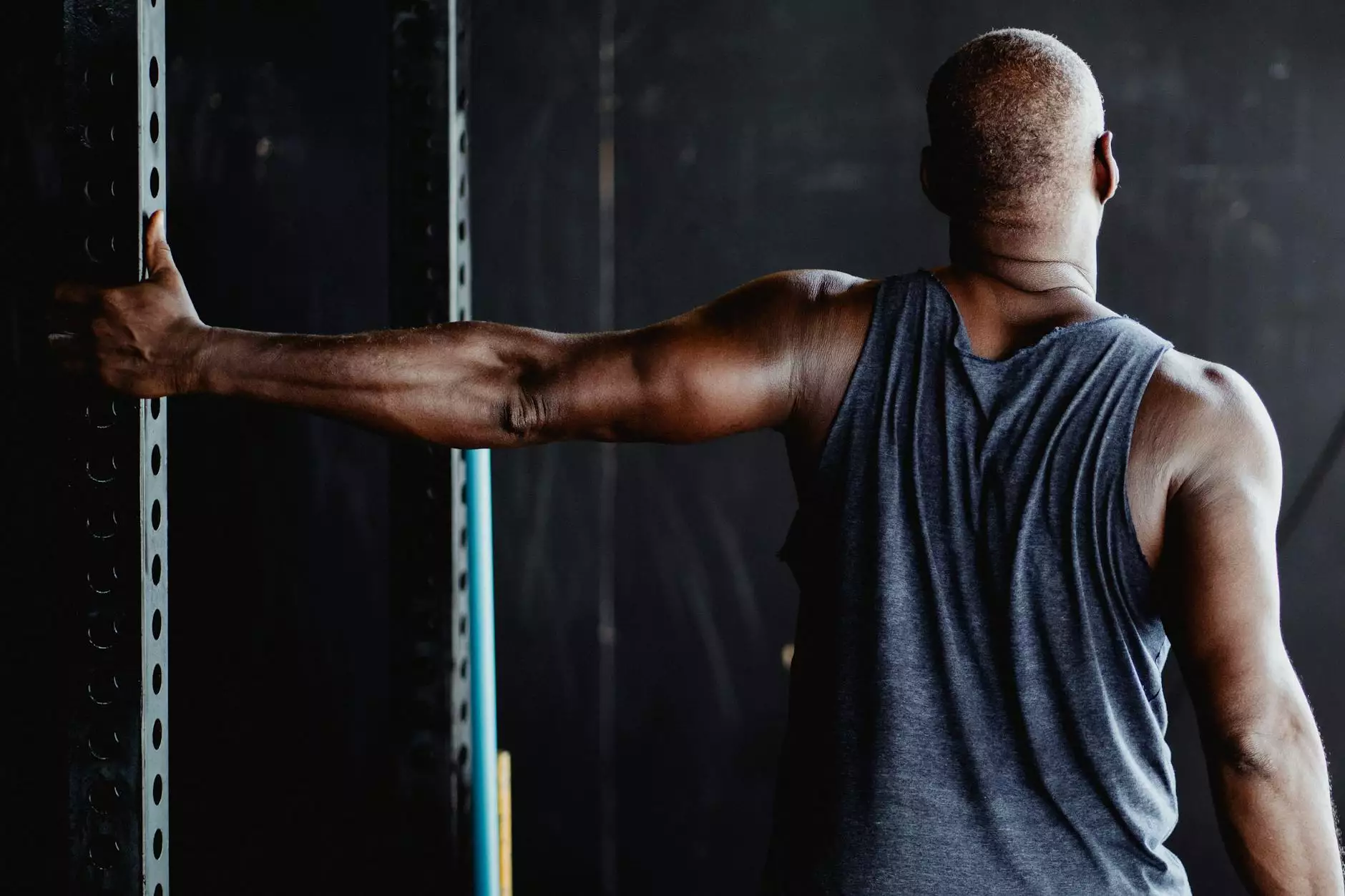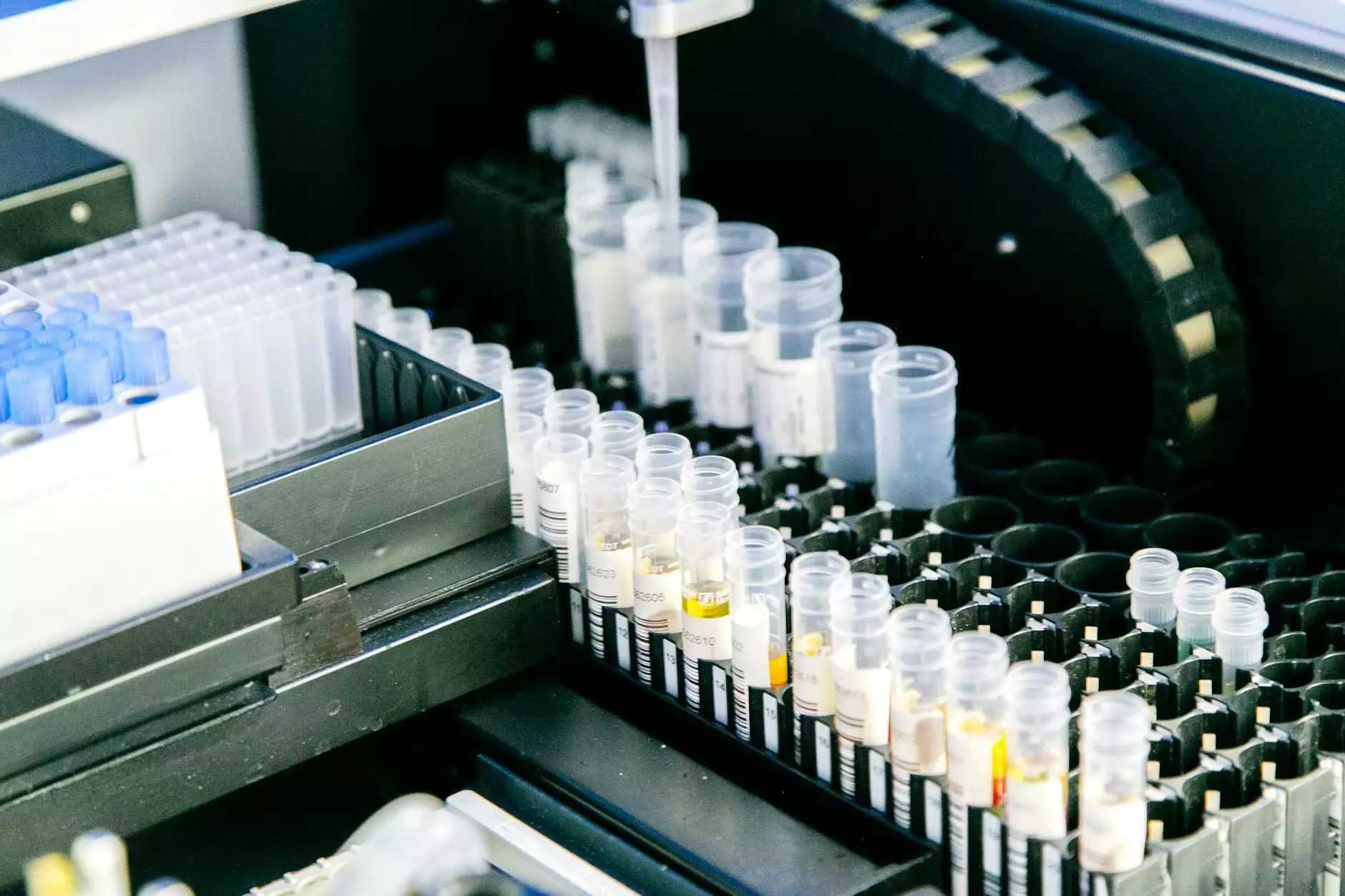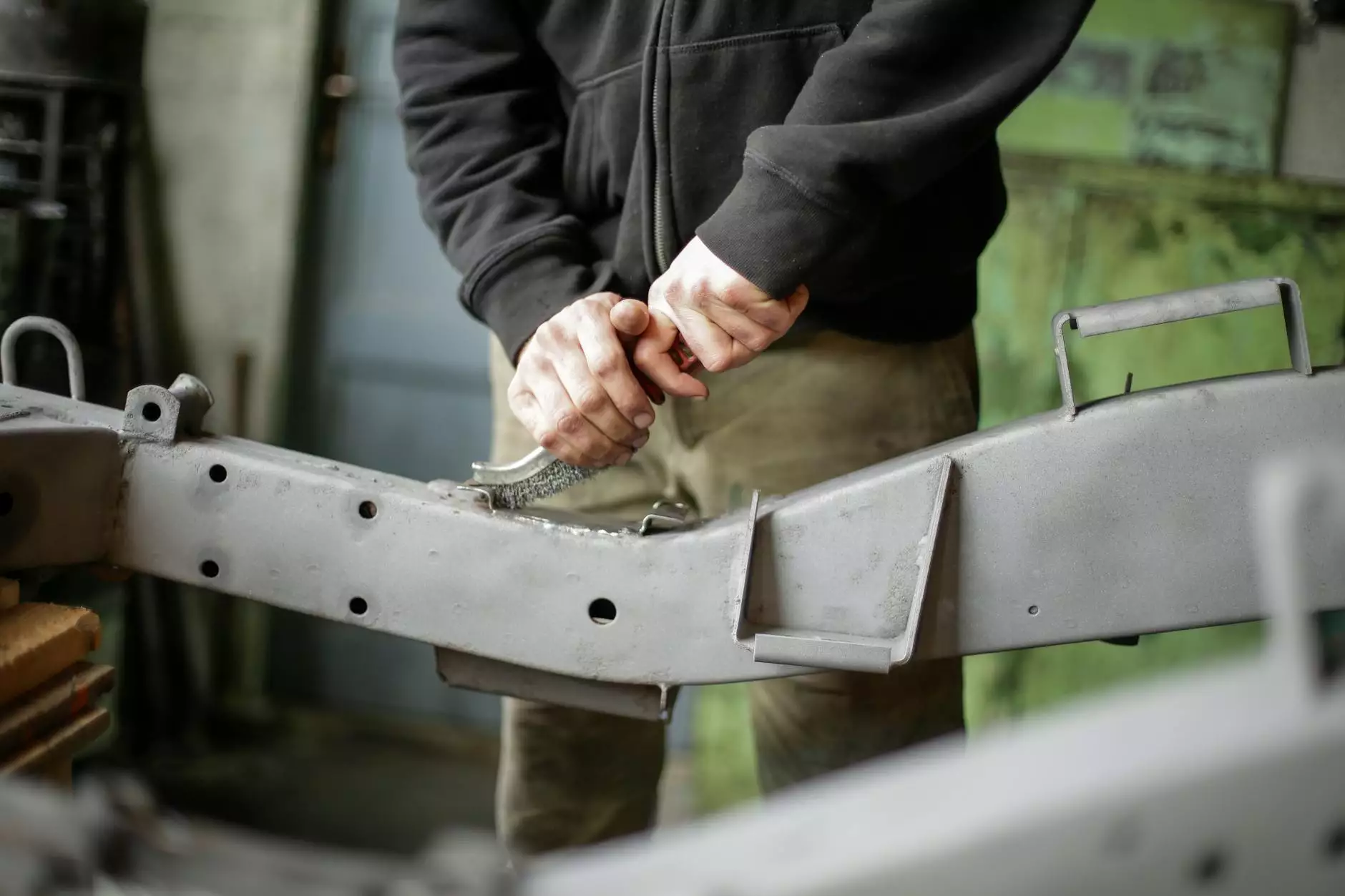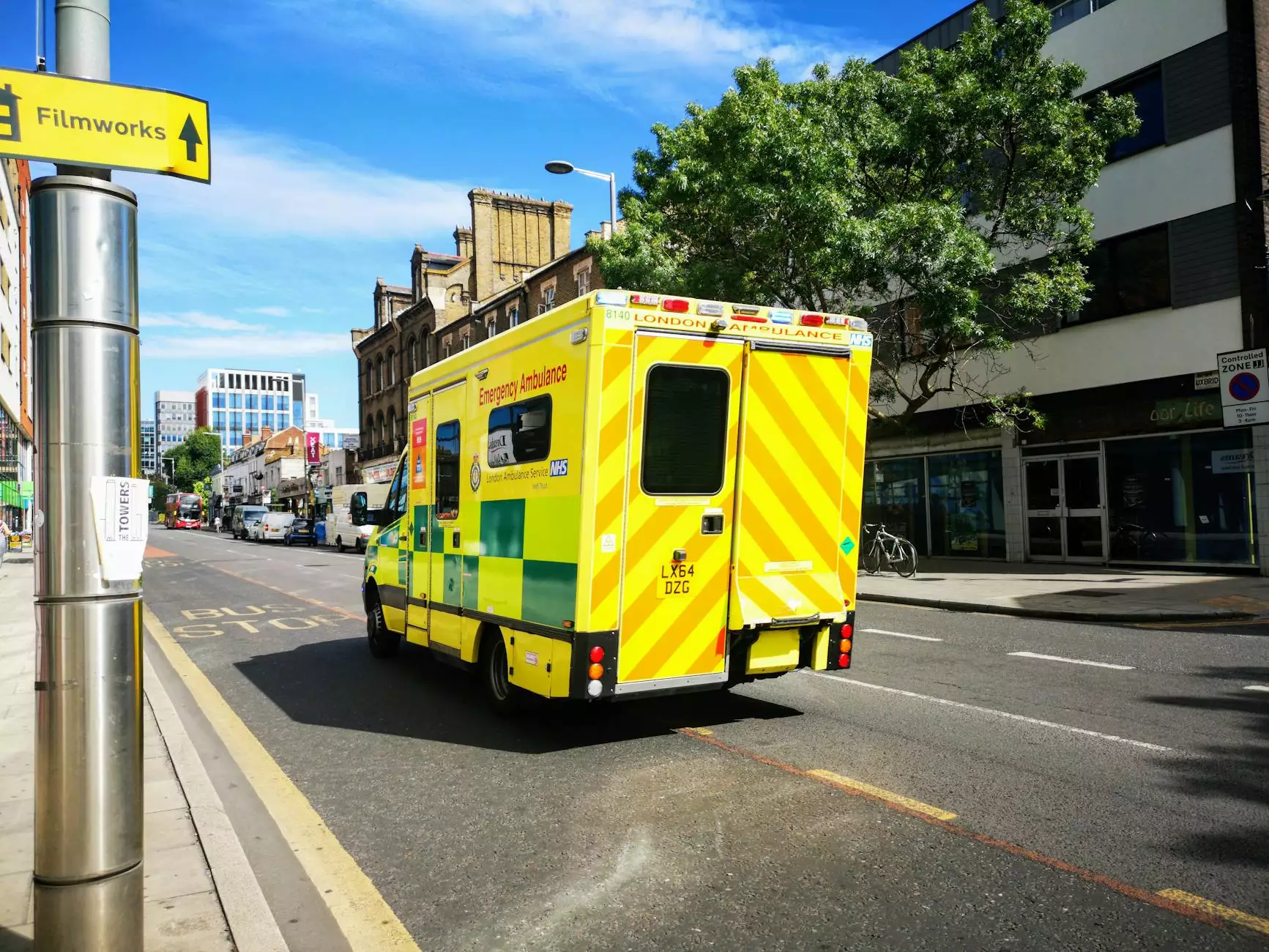Postnatal Pilates and Diastasis Recti - A Comprehensive Guide

Introduction
Welcome to this comprehensive guide on postnatal pilates and its role in addressing diastasis recti. In this article, we will explore the benefits of postnatal pilates, its impact on diastasis recti, and how it can help new mothers regain core strength after childbirth. If you're looking to improve your postpartum recovery and overall well-being, this guide is for you.
Understanding Postnatal Pilates
Postnatal pilates is a targeted exercise program designed specifically for new mothers. It focuses on rebuilding core strength, improving posture, and restoring overall muscle balance. By combining various pilates techniques, postnatal pilates aims to gently strengthen the deep core muscles weakened during pregnancy and childbirth.
The Benefits of Postnatal Pilates
Postnatal pilates offers numerous benefits for new mothers. Here are some key advantages that make it an excellent choice for postpartum exercise:
- Rebuilds Core Strength: Postnatal pilates targets the deep abdominal muscles, pelvic floor, and back, which are key for improving core strength. Strengthening these muscles aids in regaining stability, supporting the spine, and preventing future injuries.
- Improves Posture: Pregnancy often leads to changes in posture due to the growing belly. Postnatal pilates helps realign the body by strengthening the correct muscles, reducing strain on the back, shoulders, and neck.
- Enhances Overall Fitness: Apart from core strength, postnatal pilates also focuses on improving flexibility, endurance, and overall body awareness. This holistic approach ensures a well-rounded fitness routine.
- Alleviates Back Pain: Many new mothers experience back pain postpartum due to weakened muscles. Postnatal pilates targets these areas, helping to alleviate discomfort and improve overall back health.
- Boosts Mental Well-being: Engaging in regular exercise, such as postnatal pilates, releases endorphins that uplift mood, reduce anxiety, and enhance overall mental well-being. It can be a valuable tool in combating postpartum blues.
Understanding Diastasis Recti
Diastasis Recti is a common condition that occurs during pregnancy and refers to the separation of the right and left abdominal muscles (rectus abdominis). This separation often causes a bulging or 'doming' effect in the midline of the abdomen.
How Postnatal Pilates Can Help with Diastasis Recti
Postnatal pilates focuses on strengthening the deep core muscles, including the transverse abdominis, which plays a crucial role in healing diastasis recti. The controlled movements and emphasis on correct alignment in pilates exercises help in re-engaging and reconnecting the abdominal muscles, promoting their healing process.
The Postnatal Pilates Journey
When starting postnatal pilates, it's important to begin with a certified instructor who specializes in postpartum exercise. They will guide you through a tailored program that considers your specific needs and any potential restrictions.
Phase 1: Gentle Core Activation
In the initial phase, the focus is on gentle core activation exercises to reconnect with the deep core muscles gradually. These exercises often involve controlled breathing techniques, pelvic floor exercises, and gentle stretches.
Phase 2: Increasing Intensity
As the core muscles regain strength, the intensity of the exercises increases gradually. This phase may include exercises targeting the transverse abdominis, obliques, and back muscles. The instructor ensures proper form and alignment throughout the process, minimizing the risk of injury.
Phase 3: Full-Body Integration
In the final phase, the exercises become more dynamic, incorporating full-body movements while still focusing on core engagement. This phase helps in seamlessly integrating the newly acquired strength into everyday activities and prepares you for further fitness goals beyond postpartum recovery.
Conclusion
Postnatal pilates is a highly beneficial exercise modality for new mothers, not only for its impact on diastasis recti but also for overall postpartum recovery. By targeting the core muscles, improving posture, and enhancing overall fitness, postnatal pilates provides a holistic approach to postpartum rehabilitation. If you're a new mother looking to regain core strength and improve your well-being, consider incorporating postnatal pilates into your fitness routine. Remember, always consult with a certified instructor to ensure a safe and effective practice.
postnatal pilates diastasis recti








